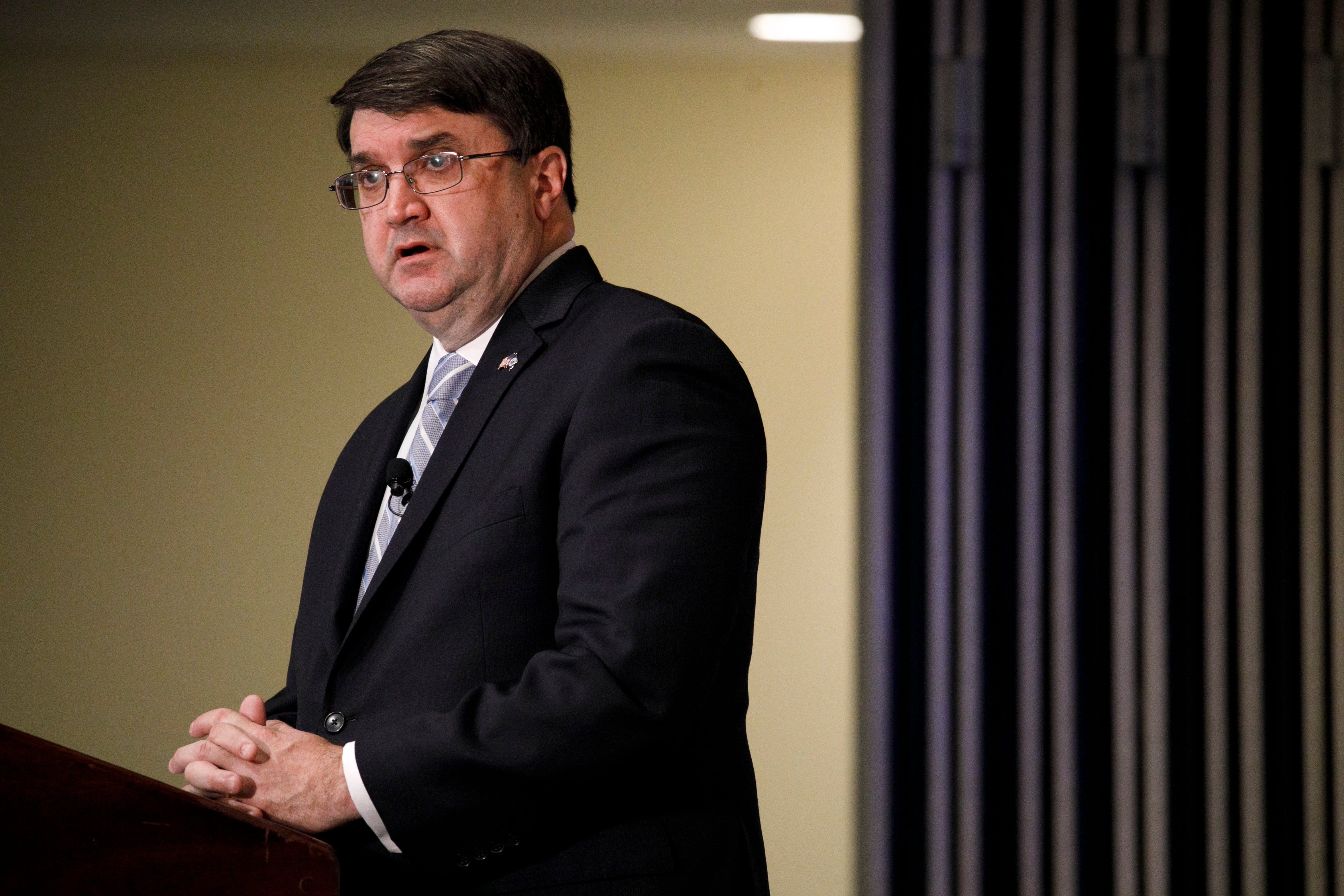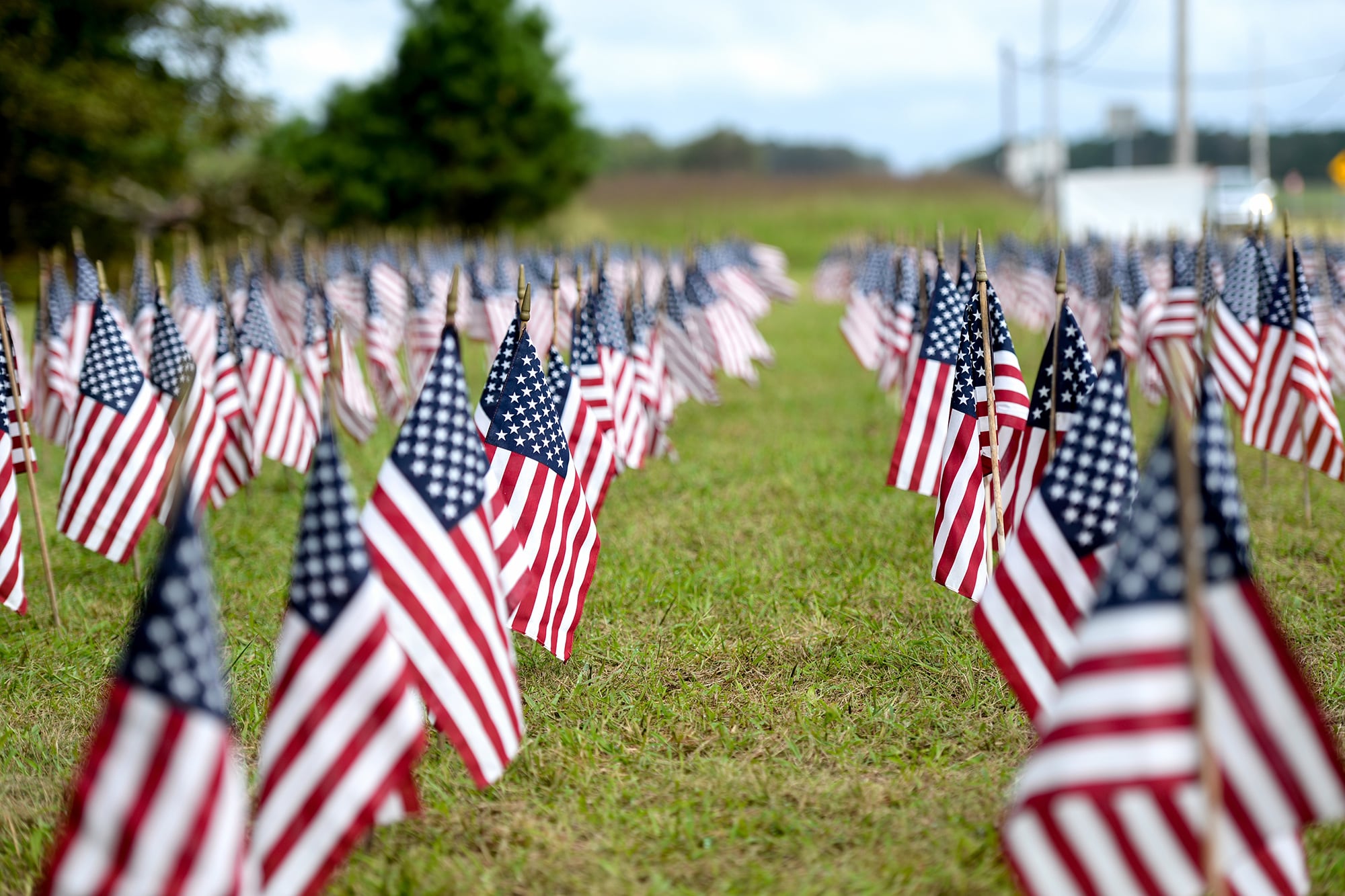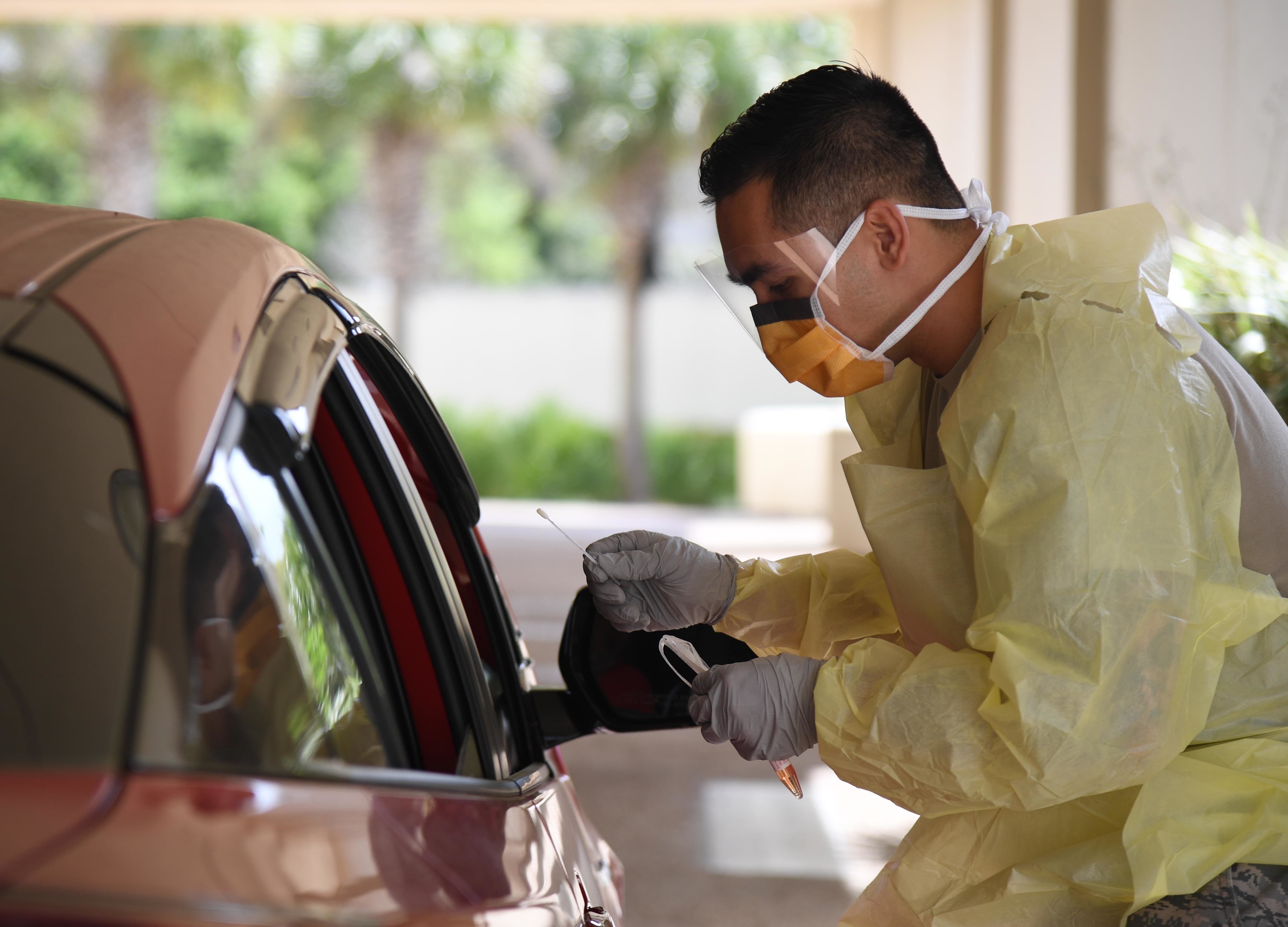The rate of suicide among veterans ticked upwards in recent years despite increased public attention and funding on the problem, according to a new report released by Department of Veterans Affairs officials on Thursday.
However, the latest data still lags two years behind present conditions and does not include any figures from the ongoing coronavirus pandemic, which mental health experts have warned may be causing even larger increases in the rates of mental distress and self harm among veterans.
The suicide report — which is typically released in early October, but was delayed more than a month this year — shows the rate of suicide among veterans at 17.6 a day in 2018. That’s a slight increase from 2017, when the number was 17.5.
Numerous public figures and public awareness campaigns in recent years have quoted the figure of “20 a day” in reference to veterans suicide, but VA officials last year clarified that estimate also includes active-duty troops, guardsmen and reservists.
RELATED

From 2005 to 2018, the overall suicide rate has remained largely unchanged, between 17 and 18 veterans a day. That’s in spite of numerous public awareness campaigns, VA outreach programs and new department training mandates enacted over the last two presidential administrations.
After making adjustments for sex and age, veterans suicide was roughly 27.5 per 100,000 individuals in 2018, up from 25.8 per 100,000 in 2016. By comparison, among all U.S. adults, the suicide rate per 100,000 was 18.3.
In raw numbers, the newly released figures mean that the number of veterans who died by suicide in 2018 was 6,435, up less than half a percent as the total veterans population fell by about 1.5 percent. By comparison, as of Thursday morning, there have been 7,032 troop deaths in conflict zones since 9/11 according to Defense Department statistics,
Veterans suicides made up about 14 percent of total suicides in America in 2018. VA officials have emphasized in recent years that mental health challenges and suicidal thoughts are not a problem specific to the veterans community.
“Findings documented in this report highlight the continuing and increasing problem of suicide among U.S. adults and among veterans, and the need for ongoing efforts to improve methods of suicide risk mitigation,” the report stated.
In a statement, VA Secretary Robert Wilkie said that despite the lack of overall progress in suicide prevention among veterans, the report does show some areas of improvement.
“The data shows the rate of suicide among veterans who recently used VA health services has decreased, an encouraging sign as the department continues its work and shares what we learn with those who care for and about veterans,” he said.
RELATED

The rate of suicide among veterans who recently received some type of VA care decreased was down 2.4 percent from 2017 to 2018. For veterans with no connection to VA care, it increased 2.5 percent.
“This report offers data points that suicide is indeed preventable through clinically based and community-based prevention efforts and interventions, as well as through research and surveillance within and beyond the VA,” the report authors wrote.
“Yet this report also elucidates that while suicide is preventable, suicide and suicide prevention are extremely complex.”
Earlier this week, Senate lawmakers passed a package of nine VA-themed bills aimed at bettering the department’s suicide prevention efforts, including new training for department police and educations.
The legislation — expected to be signed into law later this week — was part of a congressional compromise earlier this year allowing VA to create a new grant program for community advocates to help with VA outreach efforts.
However, that deal dropped House Democrats' plans to include new incentives on safe storage of firearms among veterans. White House officials had included the item in its new suicide prevention task force priorities at the start of the summer, but several Republican lawmakers objected to the idea.
RELATED

The new VA suicide report shows that firearms were involved in more than 68 percent of veterans suicides in 2018. Among the rest of the American population, the figure was about 48 percent.
Earlier this week, VA Secretary Robert Wilkie dismissed concerns from members of Congress that the suicide report had been delayed for more than a month until after Election Day because of concerns the lack of progress on the issue could hurt President Donald Trump’s campaign. Trump made VA reforms a key point in his campaign trail speeches.
“I think we’re in a much better place than we were just a few months ago,” Wilkie said of the suicide figures. “What I think this report will show is that once you get into VA care, the chances of death by suicide go down. It’s finding those veterans and getting them in that is the key. And I think we’ve finally turned the corner on that.”
The full report is available on the department’s web site.
Veterans experiencing a mental health emergency can contact the Veteran Crisis Line at 1-800-273-8255 and select option 1 for a VA staffer. Veterans, troops or their family members can also text 838255 or visit VeteransCrisisLine.net for assistance.
Leo covers Congress, Veterans Affairs and the White House for Military Times. He has covered Washington, D.C. since 2004, focusing on military personnel and veterans policies. His work has earned numerous honors, including a 2009 Polk award, a 2010 National Headliner Award, the IAVA Leadership in Journalism award and the VFW News Media award.




